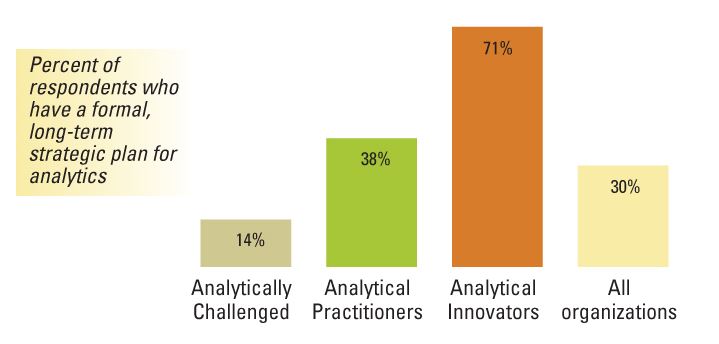Defining An Analytics Strategy
LEXINGTON, Mass., Dec. 12, 2016 /PRNewswire/ — Ironside, a Boston-based data and analytics firm, just released an authoritative list of questions that they recommend business leaders try to answer now in planning for their analytics initiatives.
Today, it’s safe to say that the majority of businesses understand the value of analytics. They get that their data is important and that using it in the right way can have significant benefits. The problem, though, is that even though the business community as a whole acknowledges these facts, there’s still a lot of magical thinking around analytics tools and platforms out there.
Business leaders would like to believe that they can just install the hyped-up analytics technology du jour on top of their infrastructure and experience transformational change. Deep down, though, most of us know that’s not true. So how do we define an analytics strategy that will help us define our goals and discover not just what tools to use but how we specifically should use them?
The Facts
According to the MIT Sloan Management Review’s 2016 Data & Analytics Report, which surveyed more than 2,000 managers at a variety of organizations, only 1 in 8 managers said that their company had any sort of formal long-term analytics strategy. Even more striking, 1 in 4 said they had no analytics strategy at all. This needs to change if we want to see real benefits coming from the analytics systems and practices we adopt, and Ironside is here to help.

Source: MIT Sloan Management Review (http://sloanreview.mit.edu/projects/the-hard-work-behind-data-analytics-strategy)
Analytics Strategy Readiness Questions
To help business leaders start off on the right foot with analytics strategy, we’ve released a list of readiness questions designed to get you in the right mindset as your set your data and analytics agendas.
- What are the key business questions (both strategic and operational) that our organization is attempting to answer with data and analytics? What business objectives and processes do they support?
- What are the most effective methods and techniques we should employ to most efficiently and accurately answer these business questions? (Should we use Descriptive, Diagnostic, Predictive or Prescriptive Analytics?)
- What is the right mix of people, process and technology we need to install to achieve our business objectives with data and analytics?
- How do I effectively understand what my colleagues or end users really need? What do we do when “we don’t know what we don’t know” or are dealing with a “cold start” for business analysis?
- How has data and analytics platform technology evolved to increase the accuracy, quality, timeliness, accessibility and usefulness of the information that my colleagues need to support decision making? What does a modern data and analytics solution architecture look like for our organization?
- What are the right data applications to build for our end users? How do we prioritize data & analytics initiatives for business value? Do we have a roadmap and a vision of what success looks like?
- How do we rate ourselves in terms of our organizational data & analytics maturity?
- How do we simultaneously allow our colleagues to move at the pace of business and experiment with data of all types and sources, but also apply governance and maintain the quality and accuracy of our most critical decision making information?
We all want to use our data to make more informed business decisions. The tricky part is figuring out how to get there. As much as we’d like it to be true, just picking an analytics tool isn’t enough. We need to start with a strategy, goals, and use cases before we even talk technology.






